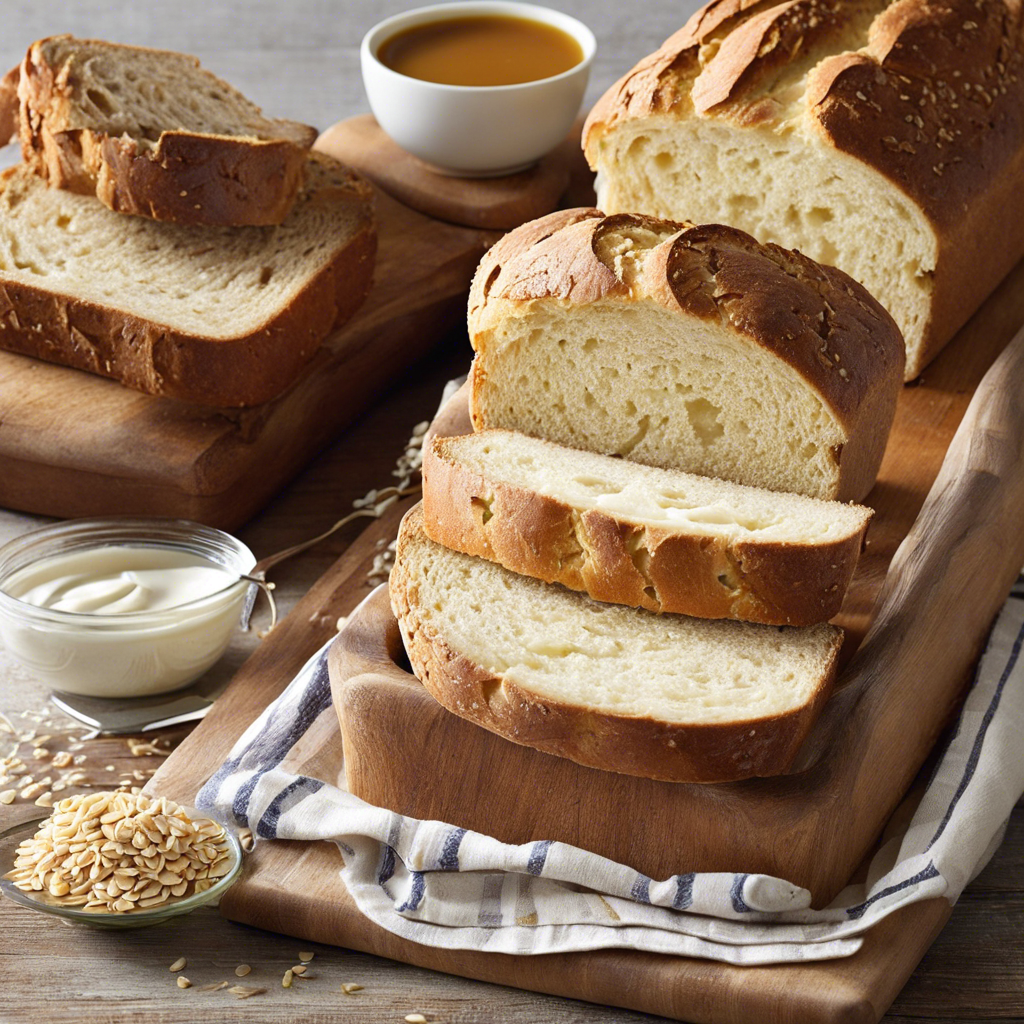Picture this: a warm, freshly baked loaf of bread, its crust golden and slightly crisp, enticing an array of aromas that fill your kitchen. Homemade bread is not only a delightful treat but also a rewarding culinary endeavor. From the classic white bread we often associate with childhood memories to the hearty and nutritious whole grain varieties, baking bread at home offers a delightful journey for any baking enthusiast. In this article, we’ll explore a range of homemade bread recipes that cater to various tastes and skill levels.
Classic White Bread: A timeless favorite, classic white bread is the perfect starting point for novice bakers. Its simple ingredients and straightforward technique yield a soft, fluffy loaf that makes exceptional toast, sandwiches, and French toast. The recipe involves mixing flour, yeast, sugar, salt, and a touch of butter or oil, followed by a period of rising and baking to perfection. The aroma of freshly baked white bread is a true comfort for the senses.
Whole Wheat Bread: For those seeking a healthier option, whole wheat bread is an excellent choice. This bread variety boasts a rich nutty flavor and a denser texture, making it more satisfying and nutritious. Using whole wheat flour, which includes the bran and germ, provides a higher fiber and nutrient content. The process of making whole wheat bread may take a bit longer due to the gluten development required for a lighter texture, but the results are well worth the wait.
Multigrain Bread: This bread is a celebration of different grains and seeds, offering a delightful mix of flavors and textures. Combining various types of flour, such as rye, wheat, and oat, along with seeds like flax, sunflower, and pumpkin, creates a complex and satisfying loaf. Multigrain bread is an excellent option for those who enjoy a hearty, rustic bread with a unique, artisanal feel.
No-Knead Bread: This revolutionary method, popularized by Jim Lahey, has made bread baking accessible to even the busiest individuals. The no-knead technique involves a long fermentation period of 12-18 hours, allowing the dough to develop flavors and gluten naturally. The result is a crusty exterior and a tender, airy interior. This method is perfect for those with limited time, as it requires minimal hands-on work.
As you explore these homemade bread recipes, you’ll discover the joy of baking your own bread and the satisfaction of sharing it with family and friends. Whether you’re a beginner or an experienced baker, there’s a bread-baking adventure waiting for you in your kitchen. So, gather your ingredients, preheat your oven, and let the delightful aroma of homemade bread fill your home.
